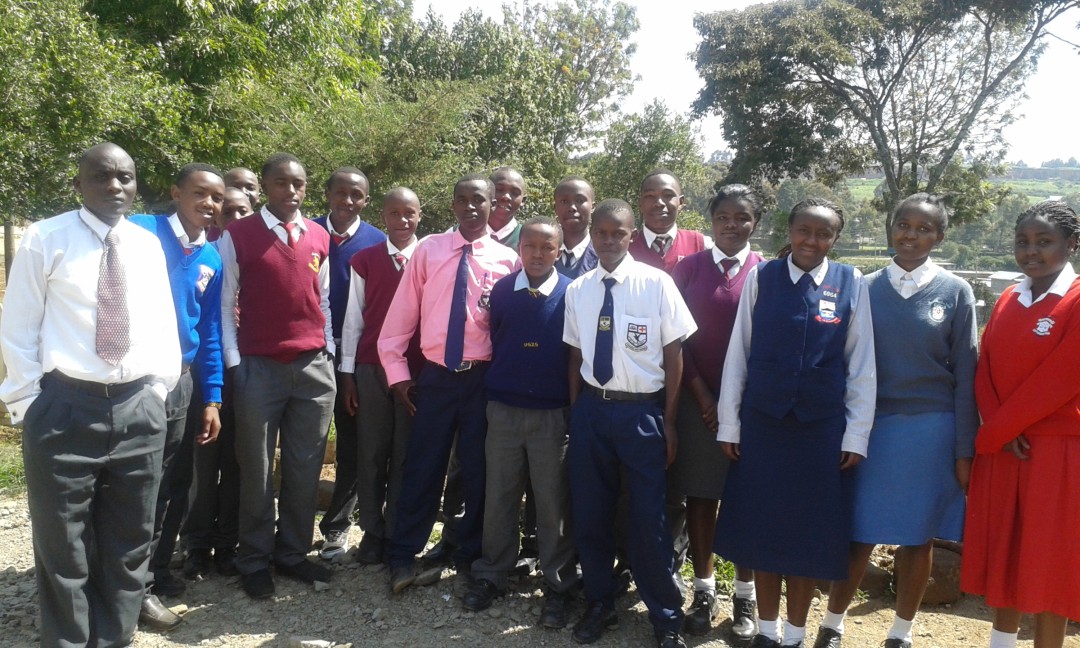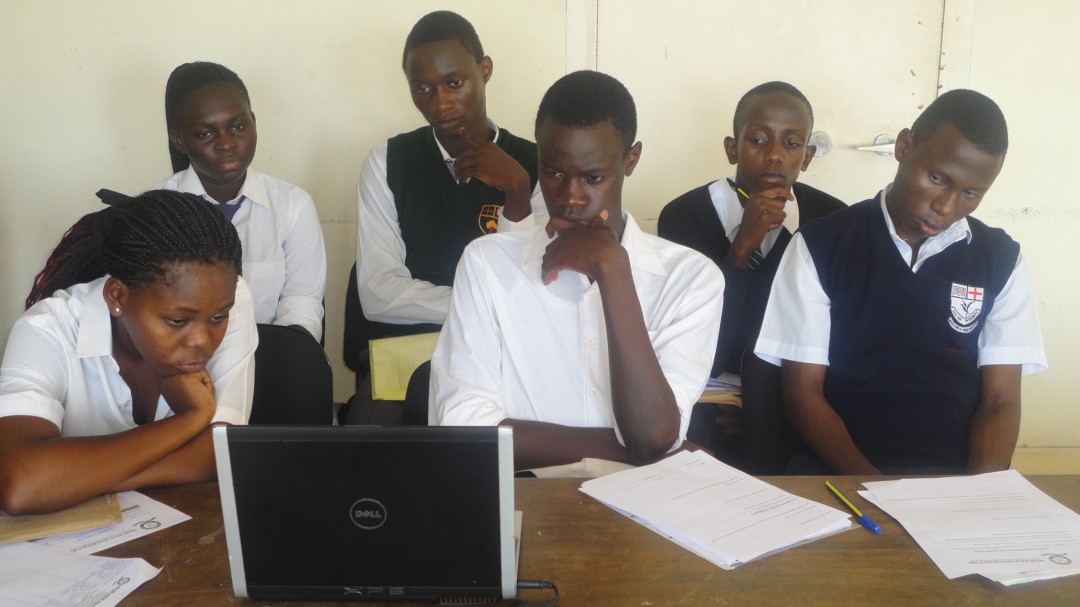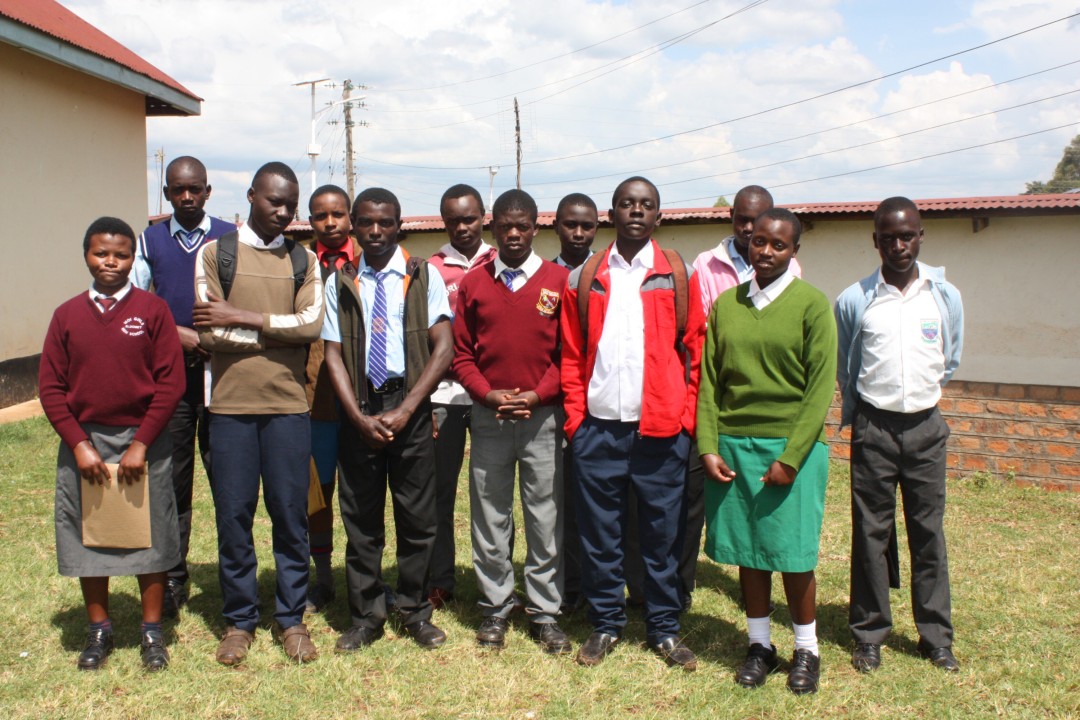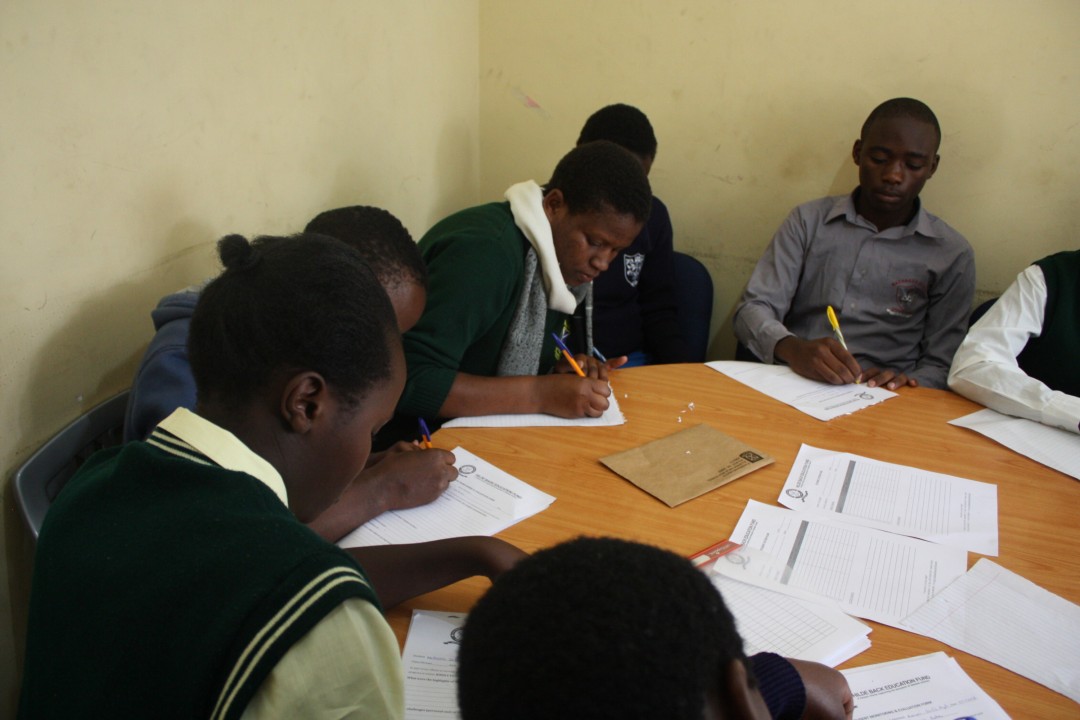Secondary school education for underprivileged children
The project aimed to provide 50 underprivileged Kenyan children with access to secondary school education. Fifty boys and girls were e selected from 10 Kenyan counties according to eligibility criteria reflecting their primary school grades and family background. Students received scholarships for the school fees, completed leadership training and received psychosocial support. Despite the school closures due to Covid 19 and the accelerate final exam year curriculum, 48 beneficiaries successfully completed their secondary education one student had to repeat year 3 due to illness and one young girl was dropped from the program. The Foundation provided menstrual hygiene packs to all the girls supported by HBEF during the school closures and lockdowns due to Covid-19 The boys and girls have been transformed through the gift of an education and will be progressing to higher education. Of special mention are two students who scored an A grades in their final exams, emerging among the top students of the country. The Foundation also supported 3 HBEF staff to build their capacity in Leadership and Psychosocial Support thanks to a training course on mental health awareness, alcohol, drugs and substance abuse.
The Hilde Back Education Fund (HBEF) is a non-profit organisation founded in 2001 by Chris Mburu. It is named after his benefactor, Ms Hilde Back, who sponsored his education in the 70’s and 80’s enabling him to finish school, proceed to University and become a successful human rights lawyer. HBEF provides scholarships, leadership training and psychosocial support to bright underprivileged children to enable them to complete their secondary school education.
News
Type
EducationDuration
January 2019 - December 2022Location
KenyaWith whom
The Hilde Back Education Fund (HBEF)
Website




Kenya
Population
49.7 million (2017)
Per Capita Income
USD 1,460/year (2017)
Poverty rate *
36% (2015)
Literacy rate
79% (2016)
Human Development Index
142nd out of 189 countries (2018)
Kenya’s macro-economic conditions have progressed over the past decade, improving the welfare of its population. However, a quarter of its population lives in urban informal settlements, arid and semi-arid rural areas and remain vulnerable to poverty, conflict, structural underdevelopment and disease. Even though national absolute poverty has declined overall, it remains high compared with neighbouring countries. Primary school enrolment has reached 100%. Access to household services such as electricity, improved drinking water and sanitation has steadily increased, even though coverage remains low (23%, 47% and 33% respectively). Youth unemployment and vulnerability to climate change remain key challenges.
Sources: World Food Program, UNICEF, World Bank, 2016 Human Development Report, Human Development Indices and Indicators (2018 Statistical Update)
*The percentage of the population living below the national poverty line.